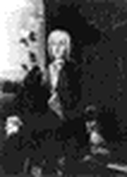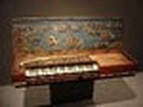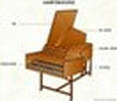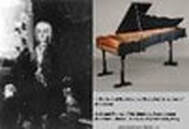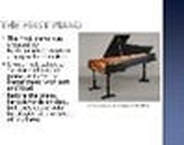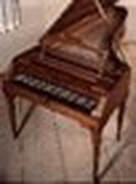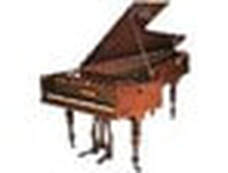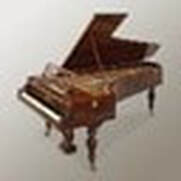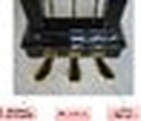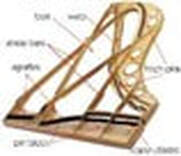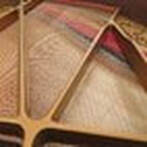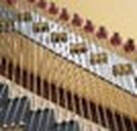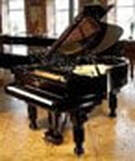18th Century
19th - 20th Century
|
Other crucial technical Piano innovations during the 19th Century include: -
|
|
|
|
|
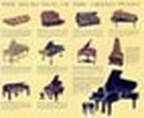
Currently, a few Pianists ignore the problem; others modify their playing style to help compensate for the difference in instruments, for example, using less pedal. Participants in the authentic Piano performance movement have constructed new copies of the old instruments and used them in performance; this has provided important new insights and interpretations of the piano music of the past.

